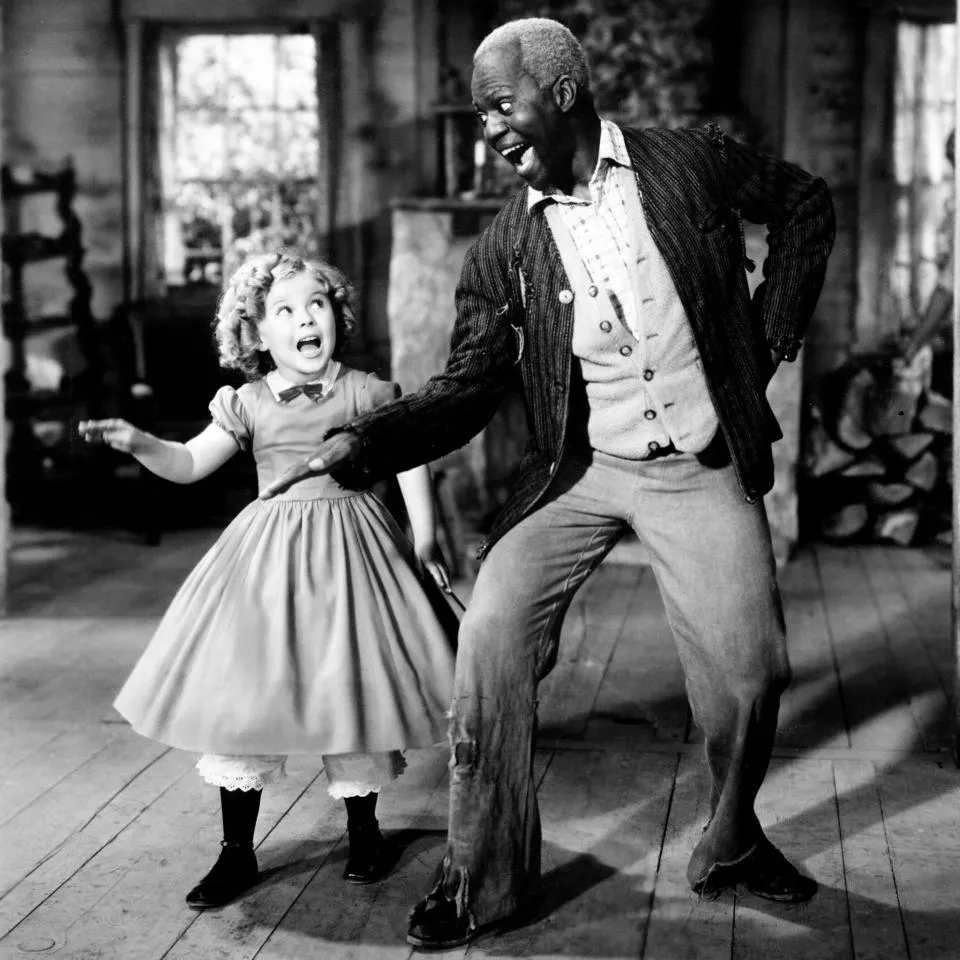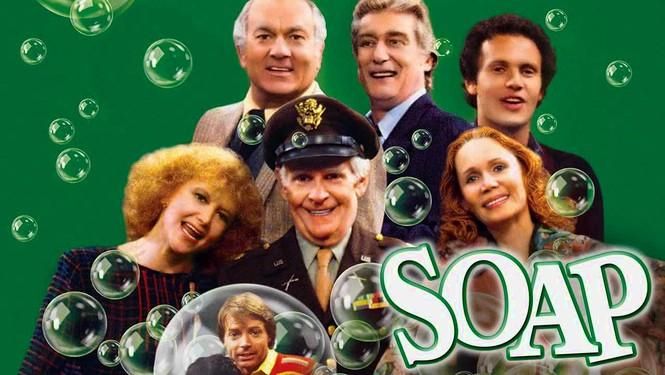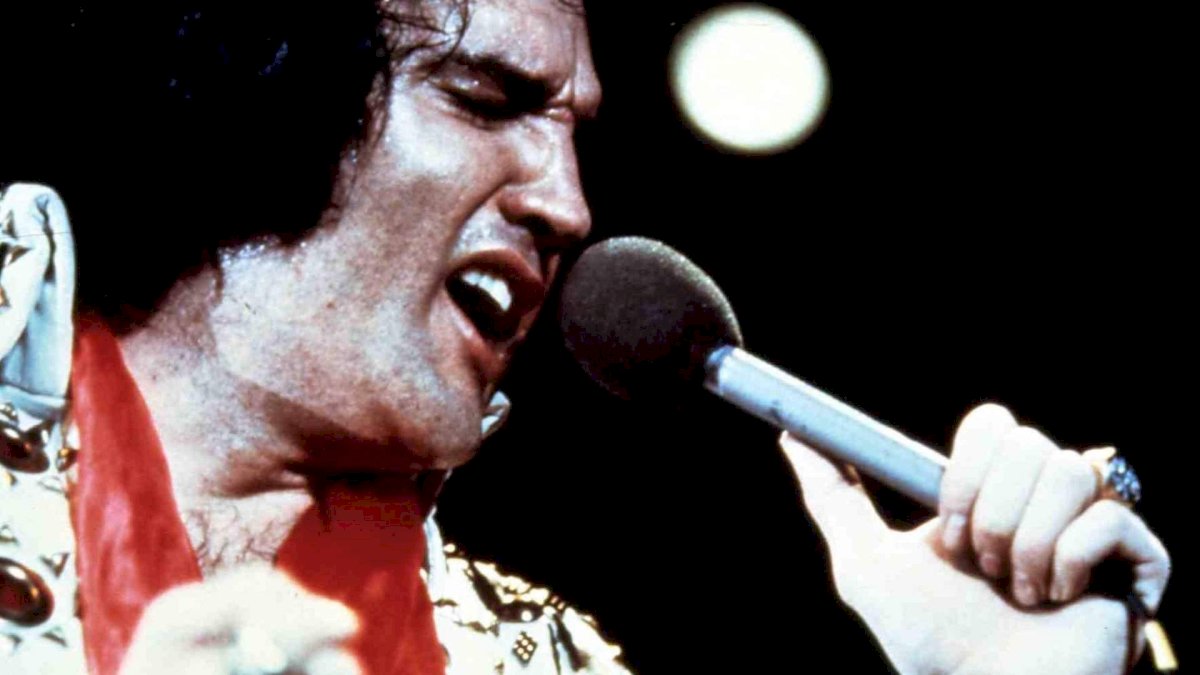The pairing of Shirley Temple, the effervescent child star, and Bill "Bojangles" Robinson, the legendary tap dancer, in a series of films during the mid-1930s remains an intriguing anomaly in Hollywood history. Their on-screen chemistry, a delightful blend of youthful energy and masterful rhythm, captivated audiences and challenged racial norms, albeit subtly, at a time of significant segregation in American society.

Their first collaboration, "The Little Colonel" (1935), catapulted Temple to superstardom. The film, set in the post-Civil War South, tells the story of reconciliation between a stubborn grandfather and his estranged daughter. Temple, in her breakout role, plays Shirley Lloyd, a precocious child who melts hearts and bridges the emotional divide. Robinson portrays William, the family's loyal butler, and it's their now-iconic staircase tap duel that truly steals the show.
This scene was groundbreaking. Robinson, a celebrated figure in the Black vaudeville circuit, found a rare opportunity in mainstream Hollywood. Temple, with her infectious smile and nimble feet, perfectly complemented his rhythmic brilliance and elegant style. The playful competition that culminates in a synchronized routine showcased an interracial dance partnership largely unseen before, pushing boundaries in a segregated industry.

However, "The Little Colonel" isn't without its complexities. The film reinforces racial stereotypes of the time. Robinson's character, while dignified, remains relegated to a subservient role. The Black characters primarily serve as background figures or objects of amusement. Additionally, the portrayal of the post-Civil War South downplays the harsh realities of Reconstruction and the ongoing struggles faced by African Americans.
Despite these issues, the on-screen magic between Temple and Robinson ignited a spark, leading them to collaborate on three more films: "The Littlest Rebel" (1935), "Rebecca of Sunnybrook Farm" (1938), and "Just Around the Corner" (1938). Each film featured tap-dancing sequences showcasing their captivating synergy.

The success of these films wasn't solely based on novelty. Temple's undeniable charm captivated audiences of all ages. Her ability to deliver sentimental lines and heartfelt performances resonated with Depression-era America. Robinson, meanwhile, mesmerized viewers with his unmatched tap-dancing skills, a testament to Black artistry that defied limitations.
However, the issue of racial stereotyping remained. While Robinson's roles offered a glimpse of Black talent, they lacked depth and complexity. This reflects the limitations Hollywood placed on Black actors at the time.

Yet, the very existence of these interracial partnerships held the potential for subtle change. Their on-screen interactions, though limited, normalized the concept of Black and white performers sharing the stage. And for young audiences like those of Temple's generation, seeing them dance together might have planted the seeds of acceptance and challenged existing racial prejudices.
Today, the Temple-Robinson films are viewed through a more critical lens. The racial insensitivity is undeniable. Yet, dismissing them entirely would be a disservice to their historical significance. They serve as a time capsule of Hollywood's journey towards racial equality, reminding us of the incremental steps taken to dismantle racial barriers in the film industry.

More importantly, the brilliance of Robinson's tap-dancing shouldn't be overshadowed. His partnership with Temple, though imperfect, provided him with a mainstream platform to showcase his artistry and pave the way for future generations of Black performers.
Ultimately, the films of Shirley Temple and Bill Robinson offer a complex tapestry woven with themes of childhood innocence, undeniable talent, and the limitations of a segregated society. These cinematic collaborations hold a significant place in Hollywood history, reminding us that progress, while often slow and uneven, can still be achieved even within the confines of a restrictive system. The joy of their on-screen dance routines, a testament to artistic connection that transcends racial boundaries, continues to resonate with audiences today.











